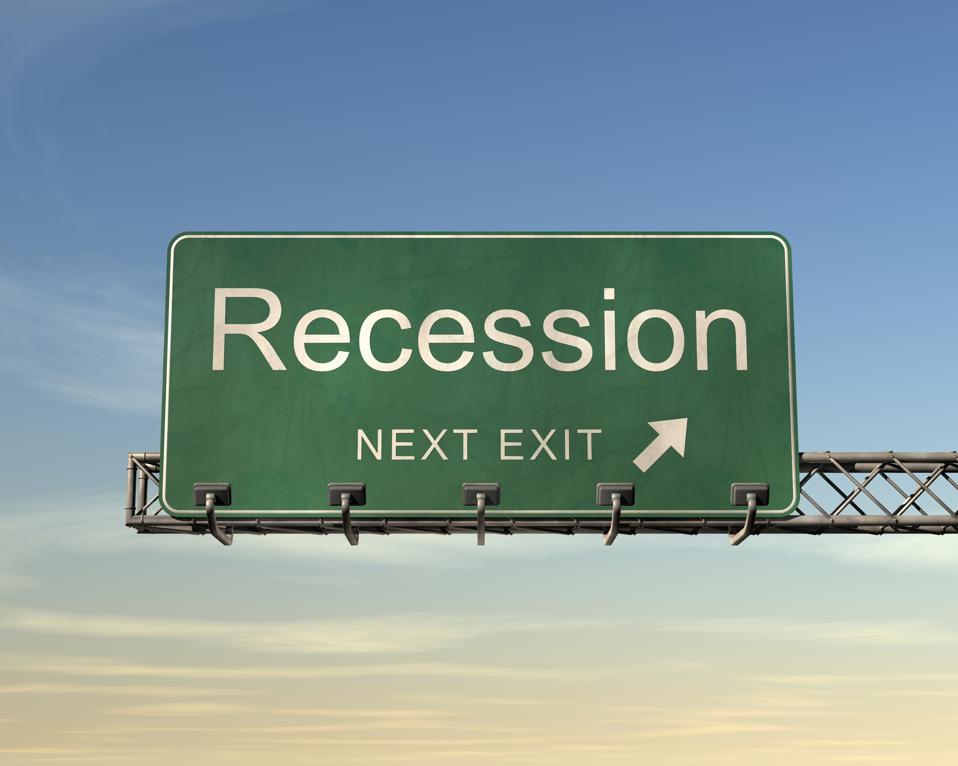Stocks took a slight hiatus, and the Magnificent 7 underperformed last week. Recall the Magnificent 7 consists of Microsoft (MSFT), Meta Platforms (META), Amazon.com (AMZN), Apple (AAPL), NVIDIA (NVDA), Alphabet (GOOGL), and Tesla (TSLA). The mega-caps in the S&P 500 also underperformed, with the equal-weighted S&P 500 beating the traditional capitalization-weighted index. Year-to-date, the Magnificent 7 continues to dominate the S&P 500 and the average stock.
While the relationship between the more economically sensitive cyclical stocks and consumer staples eased on the margin, the ratio indicates a high confidence that the U.S. will avoid recession. The 10-year and 2-year U.S. Treasury yields eased to 4.1% and 4.5%, respectively.
The payrolls report on Friday was again solid but with some soft spots under the surface. Nonfarm payrolls grew by an above-consensus 274,000, partially offset by a downward revision of 167,000 to previous months. The household survey showed job losses. Some of the relative weakness in the household survey is due to updated population estimates, but that adjustment doesn’t explain everything.
Average weekly hours worked have rebounded from a weather-impacted low in January. Similarly, the sharp rise in average hourly earnings, elevated in January due to weather disruptions, eased back to 4.3% year-over-year. Wage growth remains uncomfortable high for a Federal Reserve looking to cut rates, but the reading is moving in the right direction. The concern is that wage growth will continue to bleed into services inflation and eventually derail the return to target inflation. Wages remain a crucial puzzle piece to watch.
Due to the decrease in household unemployment, the unemployment rate rose to 3.9%. Notably, the rise is inching closer to triggering the Sahm Rule. The Sahm Rule has been infallible in predicting the start of a recession “when the three-month moving average of the unemployment rate rises by a half-percentage point or more relative to low during the previous 12 months.” Covid may have broken this indicator for this cycle, but its unblemished track record makes it worthy of notice.
While the job data remains noisy, the preponderance of evidence points to a solid labor market that is softening on the edges. This marginal softness and improvement on the inflation front will likely allow the Federal Reserve to begin cutting short-term interest rates starting at the June meeting.
Markets have now priced in almost a 100% chance of a Fed rate cut in June. Fed Fund futures are looking for four cuts of 25 basis points (0.25%) in 2024.
The next big test for markets will be Tuesday’s consumer inflation (CPI) report for December. Consistent with the Cleveland Fed’s estimate, the consensus expects headline CPI to hold steady at 3.1% year-over-year. The critical subset of inflation will be the core CPI, excluding food and energy, and services inflation, excluding housing, to judge the bleed-through from wages.
Thursday’s retail sales report will provide a look at the health of the U.S. consumer, who is critical to economic growth. Consumer spending is expected to rebound in February and support the recent trend of above-average economic growth. The Atlanta Fed’s estimate of first-quarter GDP growth currently sits at 2.5%.
A softer but not soft jobs report bolstered the case for an economic soft landing. In addition, the high likelihood of Fed rate cuts beginning in June adds to the bull case of avoiding recession and growing corporate profits. The more challenging part is that the markets seem to have already embraced that viewpoint, and the eventual triggering of the Sahm Rule may challenge that thesis. This week’s CPI and retail sales reports will be closely watched for the implications for Fed easing and economic growth.

